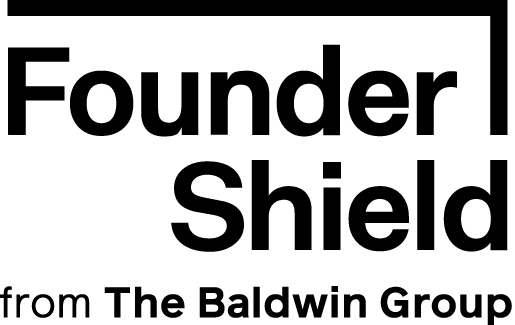Key Takeaways
If you’re like most people, insurance jargon can sound like a foreign language—but when it comes to claims-made vs. occurrence insurance policies, there’s more to it than mere mumbo-jumbo. We should know; we’re insurance folks who talk this “language” every day. Only we also get to see how various insurance policies impact clients each day, as well.
In this post, we’ll unravel the commonly misunderstood insurance types: claims-made and occurrence policies. Before deciding on which model fits your business best, let’s get the backstory.
Claims-made vs. Occurrence Insurance: What’s the Difference?
Three main differences exist between claims-made and occurrence insurance policies. Knowing the unique characteristics of each policy will help you to make a more informed decision when shopping for commercial insurance.
1. Coverage Time Frame
Firstly, an occurrence policy typically protects you from losses that happen while the policy is active. In other words, only incidents that occur during the policy year are covered. You don’t necessarily have to report the claim during the policy year; however, the loss must have happened while the policy was still active. The coverage time frame is a chief difference regarding claims-made vs. occurrence policies.
A claims-made policy only protects you from losses that both happen during the policy year and are reported while the policy was in force. Also, claims-made policies sometimes contain a retroactive date. If this is the case, no claims are covered before that particular date.
2. Premium Cost
Naturally, several factors impact the premium of an insurance policy, no matter if it’s claims-made or occurrence. That said, occurrence policy premiums tend to cost more upfront but characteristically remain the same throughout the life of the policy—unless a significant change plays out.
Claims-made policies typically cost less initially but increase over the first five years until the policy reaches “maturity.”
3. Tail Coverage
Lastly, one of the most significant differences between these two policies is whether or not a “tail” is necessary for adequate coverage. Some insurers offer tail coverage or extended-reporting period (ERP) as an option—but only for claims-made policies. A “tail” allows you to file a claim even when the policy has expired.
Of course, occurrence insurance policies don’t require tail coverage because the policy provides lifetime coverage anyway. However, to report a claim after a claims-made policy has expired, you must opt for tail coverage. Otherwise, the loss won’t be covered.
Are the Policy Limits Usually Different?
The short answer is yes.
Naturally, it’s up to you to decide what your aggregate limit should be when you purchase a policy. After all, this limit determines how much available coverage you have for future claims.
When it comes to occurrence policies, your aggregate limit resets each year. So, if you have a cap of $1M, and file a claim worth that amount, you’ll have another $1M when your policy renews. As long as you continue to renew your occurrence policy, it can provide you with ample protection.
Claims-made policies can offer ample coverage, as well, but you have to play your cards right. Mostly because the amount of coverage you elect initially must last for the life of the policy as this plan doesn’t replenish your insurance “tank.” Considering the above scenario, you’d be uninsured unless you increase your policy limits the next year.
Which Policy Is Better?
Every business is different, so your needs are going to vary from another company—even in the same industry. Choosing the best policy for you means deciding what your business needs and what you can afford.
Also, it’s standard for some coverage to come in one insurance type or the other. General liability is readily available as an occurrence policy; other policies are primarily claims-made, such as professional liability or errors & omissions (E&O), directors & officers (D&O), and employee benefits liability.
Keep in mind that switching from one to the other type of policies isn’t as easy as a phone call or click of a button. Changing from a claims-made policy to an occurrence or even another insurer can be tricky. Mainly because of the retroactive date and awkward time frame to which you’re often bound.
To help you sort through the details of claims-made vs. occurrence policies, here are a few pros and cons to consider:
Occurrence Policy Pros and Cons
Pros:
- Simple to own and maintain (including switching insurers or plans)
- Provide more coverage since aggregate limit renews each year
- Accommodate claims that don’t produce lawsuits right away
Cons:
- Typically have higher premiums
Claims-made Policy Pros and Cons
Pros:
- Lower initial premium
- Offers tail coverage or ERP option to extend reporting time frame
Cons:
- Run the risk of exhausting your limit since aggregate limit doesn’t renew yearly
- Limited reporting time (unless a “tail” or ERP is added) and requires retroactive date
- Complicated to switch to another insurer or another plan
Many types of coverage are available in both occurrence and claims-made policies, but occurrence policies are typically more pricey. Yet, they tend to require less work to maintain and own them. Plus, they provide 12 months of coverage, unlike claims-made policies. What it boils down to is what kind of coverage you need, the time frame you need protecting, and the overall cost.
Understanding the details of what coverage your company needs can be a confusing process, especially with so many choices. Founder Shield specializes in knowing the risks your industry faces to make sure you have adequate protection. Feel free to reach out to us, and we’ll walk you through the process of finding the right policy for you.
Want to know more about commercial insurance? Talk to us! You can contact us at info@foundershield.com or create an account here to get started on a quote.











